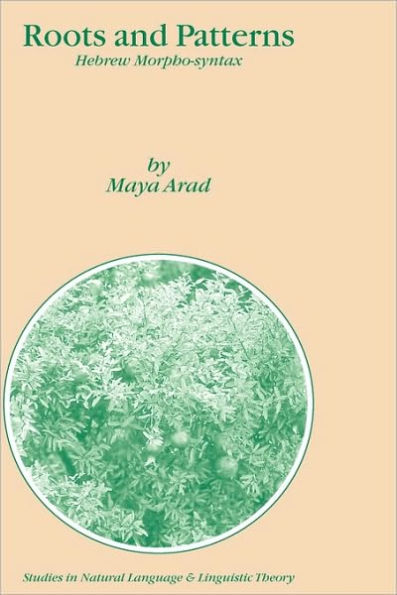5
1
9781402032431



Roots and Patterns: Hebrew Morpho-syntax / Edition 1 available in Hardcover, Paperback

Roots and Patterns: Hebrew Morpho-syntax / Edition 1
- ISBN-10:
- 1402032439
- ISBN-13:
- 9781402032431
- Pub. Date:
- 09/01/2005
- Publisher:
- Springer Netherlands
- ISBN-10:
- 1402032439
- ISBN-13:
- 9781402032431
- Pub. Date:
- 09/01/2005
- Publisher:
- Springer Netherlands

Roots and Patterns: Hebrew Morpho-syntax / Edition 1
$109.99
109.99
In Stock

Product Details
| ISBN-13: | 9781402032431 |
|---|---|
| Publisher: | Springer Netherlands |
| Publication date: | 09/01/2005 |
| Series: | Studies in Natural Language and Linguistic Theory , #63 |
| Edition description: | 2005 |
| Pages: | 286 |
| Product dimensions: | 6.10(w) x 9.25(h) x 0.03(d) |
From the B&N Reads Blog
